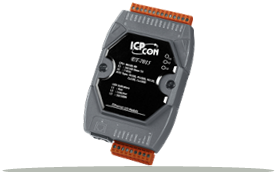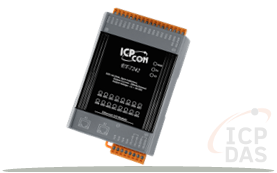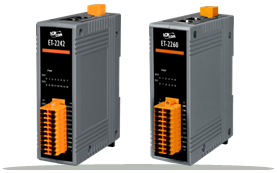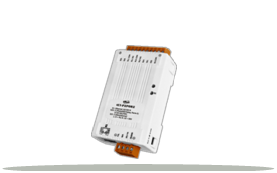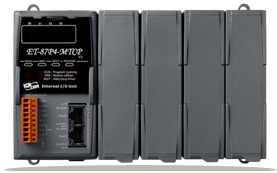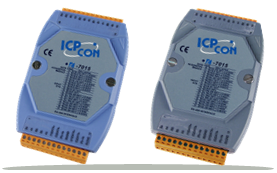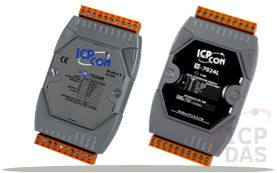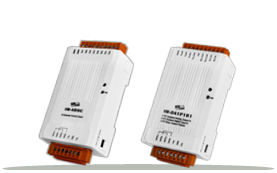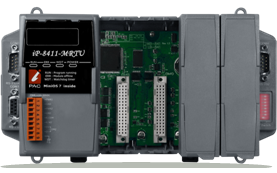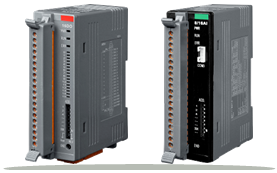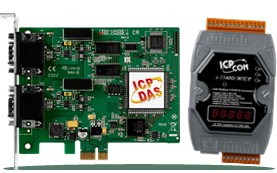LX-9000 Introduction
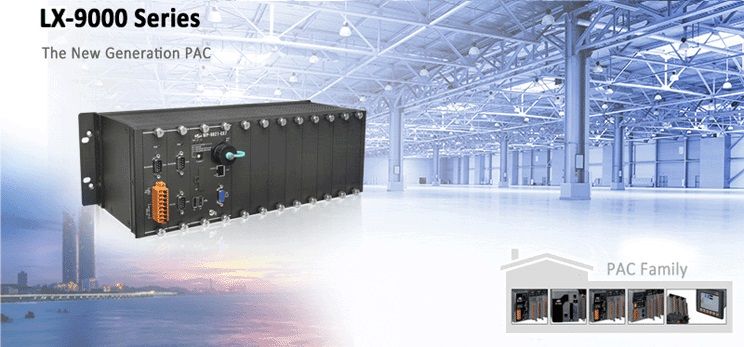
Furthermore the hardware requirements of Linux OS in embedded system is not high, just only 386 CPU or better and 8 MB RAM. Therefore, besides Win CE of Microsoft, Linux has been already become another good choice in embedded OS.
The LX-9000 is new generation Linux-based PAC from ICP DAS and is equipped with a powerful CPU module running a Linux kernel 4.x operating system, various communication interfaces (VGA, USB, Ethernet and RS-232/485) and slots for both high performance parallel bus type (high profile I-9K series) and serial bus type (high profile I-97K series) I/O modules.
Compared with the first generation LX-9000, not only is the CPU performance improved have been added (1.75 ~ 1.91 GHz, quad core) and support Linux kernel 4.x, but many reliability features, such as dual LAN, redundant power input, and dual battery backup SRAM, etc., making the LX-9000 one of the most powerful systems available.
Software Features
-
Remote Maintenance via SFTP/FTP Server and SSH/Telnet Software
-
Rich Software Solutions
Hardware Features
-
Powerful CPU Module
-
E3827 (1.75 GHz, dual-core) for LX-9x71 series
-
E3845 (1.91 GHz, quad-core) for LX-9x81 series
-
Built-in VGA and HDMI Port
-
64-bit Hardware Serial Number
-
Rich I/O Expansion Ability (RS-232/485, Ethernet, FRnet, CAN)
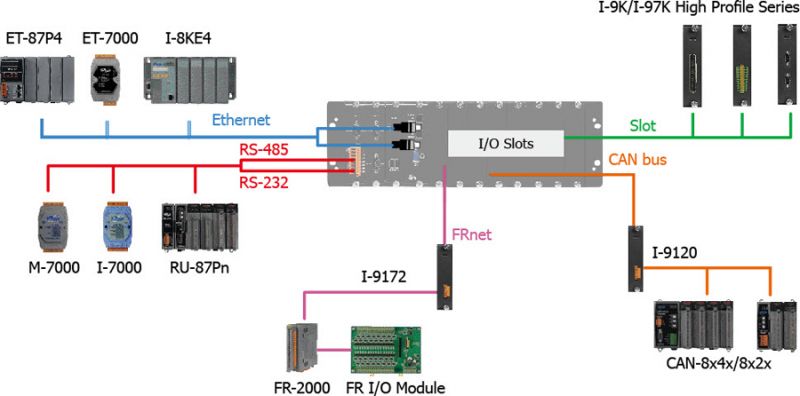
-
Dual Watchdog Timer
-
Dual Ethernet Ports
-
Rugged RJ-45 connector for LAN1
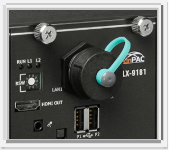
-
Metal Enclosures
-
Redundant Power Inputs
-
Fanless Design with Wide Operating Temperature Range
|
|
||||||||||
|
Standard LX-9000 (Linux Kernel Inside)
The controller supports following software development tools: ► LinPAC SDK for Linux environment |
||||||||||
| Model | OS | CPU | System Memory | Non-Volatile Memory | Storage | VGA Resolution |
Ethernet Port |
USB Port | RS-232/ RS-485 |
I/O Slot |
|---|---|---|---|---|---|---|---|---|---|---|
| LX-9171
|
Linux kernel 4.14.12 | E3827, 1.75 GHz, dual-core |
2 GB DDR3 SDRAM | 512 KB MRAM, 16 KB EEPROM |
32 GB SSD, 16 GB CF card |
1280 × 1024 to 1920 × 1080 for 16:9 display ;
640 × 480 to 1024 × 768 for 4:3 display |
2 | 4 | 4 | 1 |
| LX-9371
|
3 | |||||||||
| LX-9771
|
7 | |||||||||
|
|
||||||||||
|
Standard LX-9000 (Linux Kernel Inside)
The controller supports following software development tools: ► LinPAC SDK for Linux environment |
||||||||||
| Model | OS | CPU | System Memory | Non-Volatile Memory | Storage | VGA Resolution |
Ethernet Port |
USB Port | RS-232/ RS-485 |
I/O Slot |
|---|---|---|---|---|---|---|---|---|---|---|
| LX-9181
|
Linux kernel 4.14.12 | E3845, 1.91 GHz, quad-core |
4 GB DDR3 SDRAM | 512 KB MRAM, 16 KB EEPROM |
32 GB SSD, 16 GB CF card |
1280 × 1024 to 1920 × 1080 for 16:9 display ;
640 × 480 to 1024 × 768 for 4:3 display |
2 | 4 | 4 | 1 |
| LX-9381
|
3 | |||||||||
| LX-9781
|
7 | |||||||||
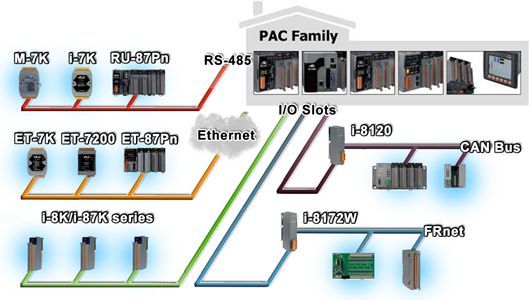
Remote I/O Selection
Ethernet
The available Ethernet I/O devices are ET-7000, ET-7200, ET-87P4/8-MTCP and I-8KE4/8-MTCP. The PAC can access them in Modbus/TCP protocol. A nModbus.dll is provided for C#, VB.net programming.
RS-485
The PACs are equipped with the RS485 COM ports which enable the transmission rate up to a maximum of 115.2 Kbps. The medium for connection is a twisted-pair, multi-drop, 2-wire RS-485 network that can link I-7000, M-7000, RU-87Pn with high profile I-87K modules. To access M-7000, a nModbus.dll is provided for C#, VB.net programming. To access I-7000 and RU-87Pn with high profile I-87K modules, PACSDK is provided for C#, VB.net, VC and VB programming.
FRnet
FRnet is an innovative industrial field bus that has many special features, such as high-speed deterministic I/O control, real I/O synchronization capabilities, non-protocol communication, and easy programming. With a FRnet communication module (I-8172W), the PAC can link FRnet I/O modules to implement high-speed distributed I/O (FR-2000 series). To access I-8172W, a pac_i8172w.dll is provided for C#, VB.net, VC and VB programming.
CAN Bus
The Controller Area Network (CAN) is a serial communication way, which efficiently supports distributed real-time control with a very high level of security. It provides the error-processing mechanisms and concepts of message priority. These features can improve the network reliability and transmission efficiency. Furthermore, CAN supplies the multi-master capabilities, and is especially suited for networking“intelligent” devices as well as sensors and actuators within a system or a sub-system. With I-8123, I-8124, I-87120, the PAC is able to demonstrate every feature of CAN, CANopen, and DeviceNet.


